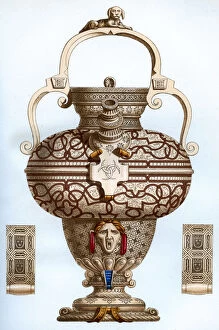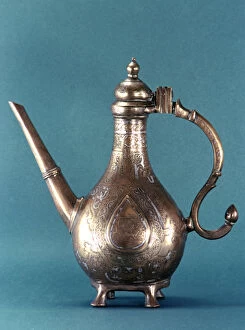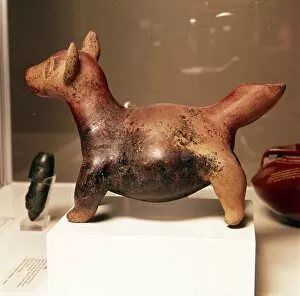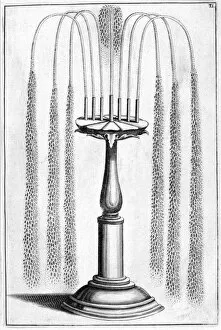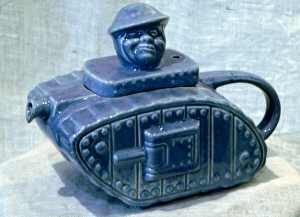Spout Collection (page 13)
In the 19th century, spouts were a common sight in various parts of the world
All Professionally Made to Order for Quick Shipping
In the 19th century, spouts were a common sight in various parts of the world. From oil wells to geysers and even teapots, these fascinating structures have played diverse roles throughout history. One notable event took place during the Glasgow Fire Drill Competition in Scotland. As firefighters showcased their skills, a towering spout emerged from an oil well nearby, reminding everyone of the dangers lurking beneath the surface. Across the Atlantic Ocean in Houston, Texas, an unforgettable moment occurred when an oil gusher erupted with immense force. The powerful spout symbolized both prosperity and environmental concerns associated with this booming industry. Nature's own version of a they are be witnessed at Yellowstone National Park's famous geyser basin. With its rhythmic eruptions shooting water high into the air, it captivates visitors who marvel at this natural wonder. Traveling to Karlovy Vary in Czech Republic brings us to The Sprudel at the Spa. This enchanting location boasts mineral-rich waters that bubble up through numerous spouts, offering therapeutic benefits for those seeking relaxation and rejuvenation. Legend has it that Saint Brendan once encountered a magnificent whale whose blowhole acted as a majestic spout amidst vast ocean waves. This awe-inspiring sight left an indelible mark on his journey and inspired tales for generations to come. Artistic depictions also celebrate spouts' significance. Philippe Mercier's masterpiece "The Elements (Water)" showcases water flowing gracefully from ornate fountains and elegant sculptures—a testament to mankind's fascination with these captivating structures. Even advertisements have utilized spouts creatively; Royles Patent Self-Pouring Teapots boasted their innovative design by showcasing tea pouring effortlessly from their unique built-in spouts—an invention that revolutionized tea-drinking rituals worldwide. Photographers like EyeUbiquitous_20107158 capture breathtaking moments where nature meets human-made wonders—such as The Fountain in Wilton, Wiltshire.






